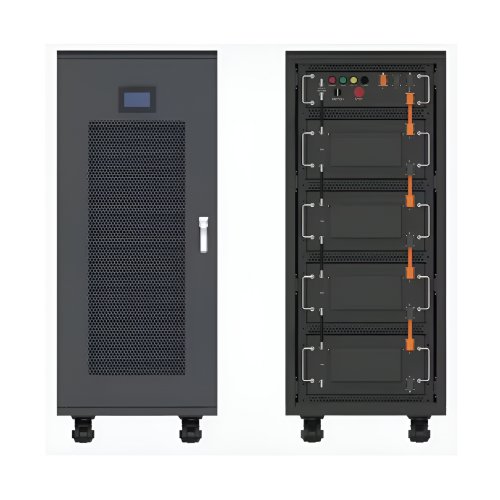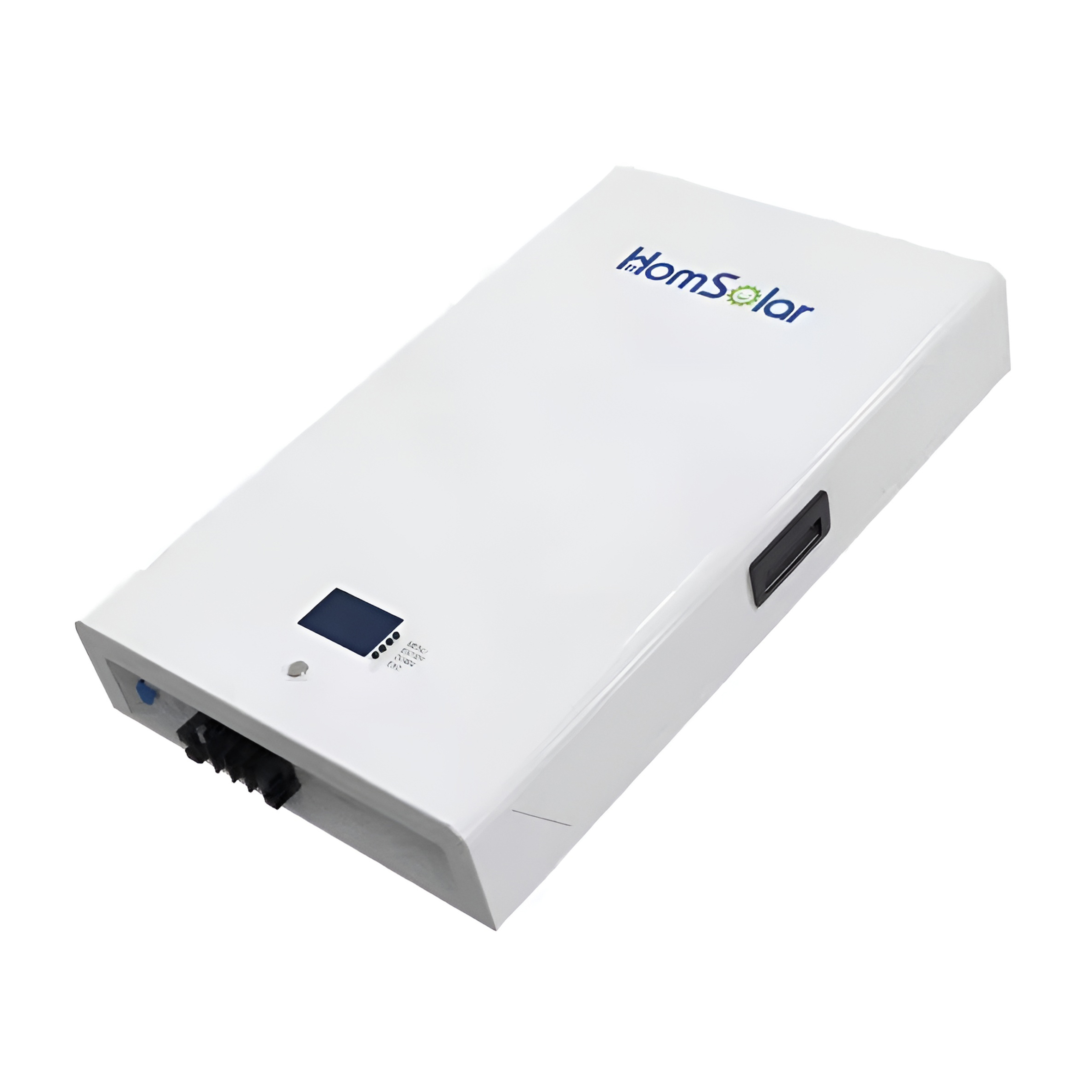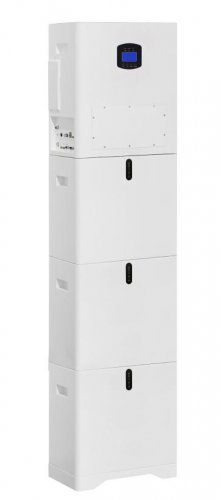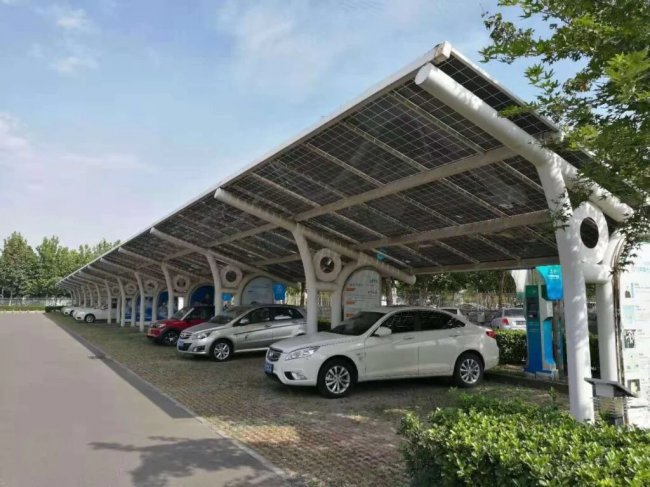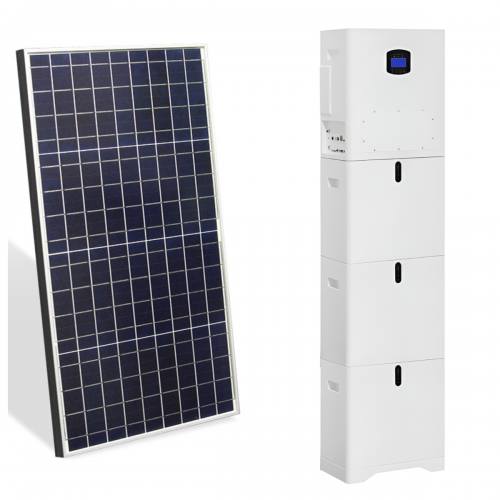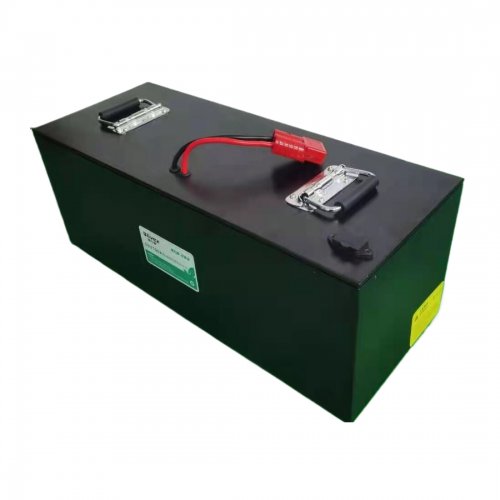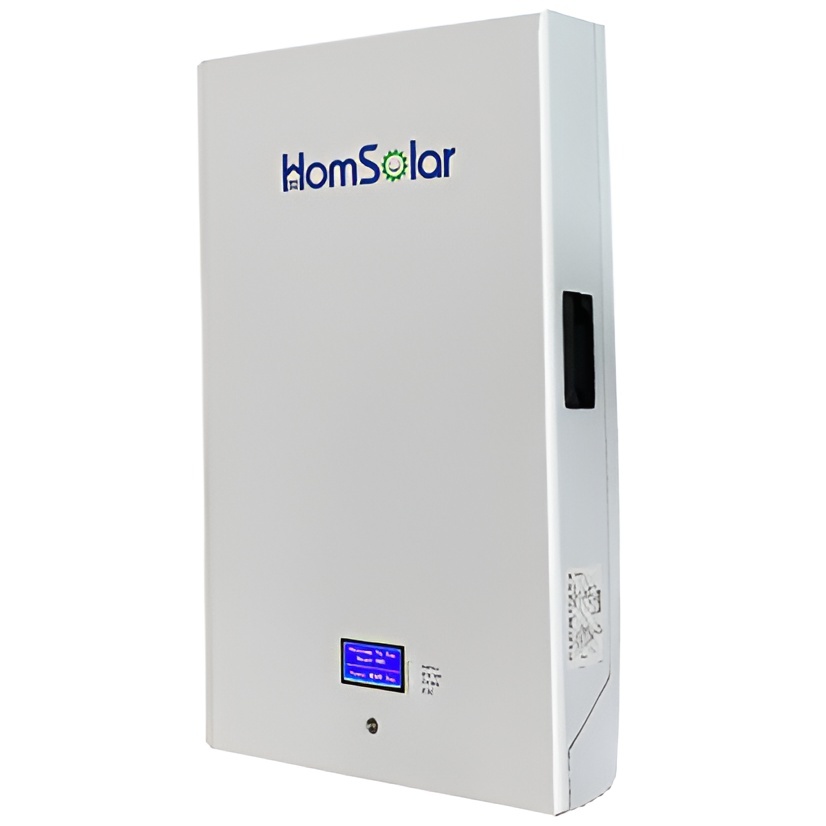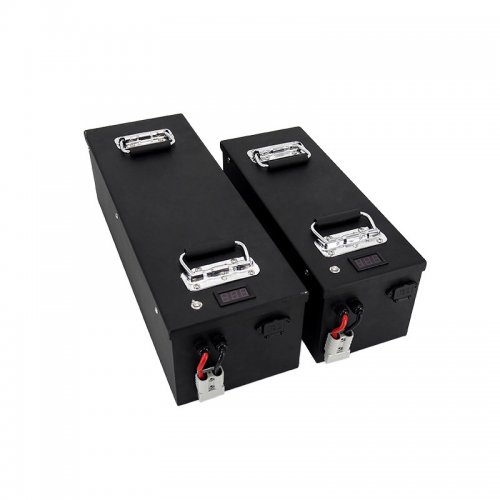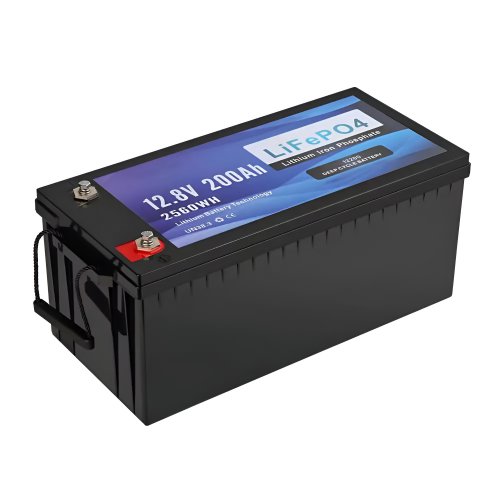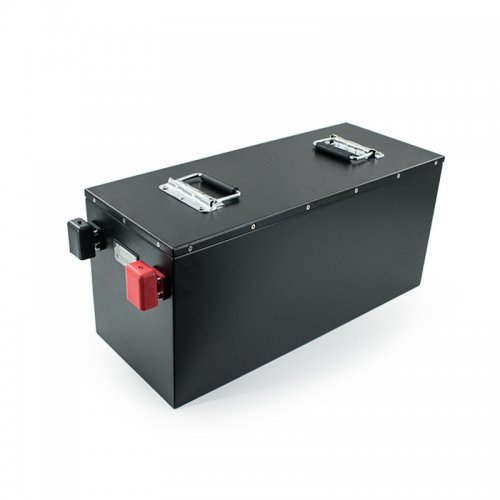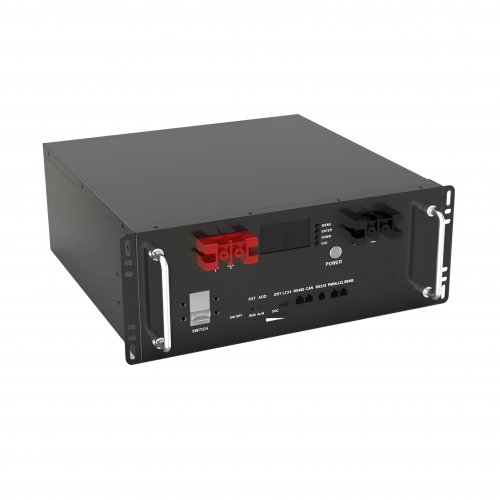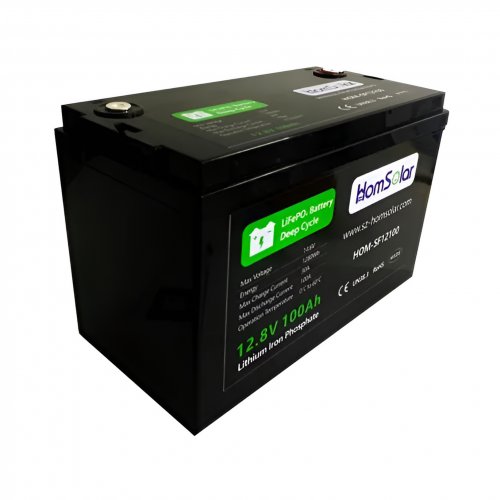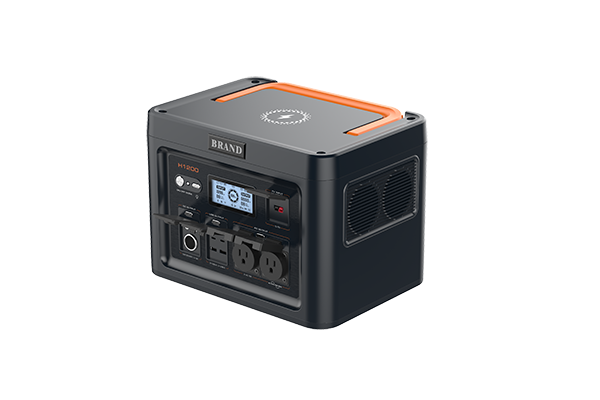How To Use Storage: A Comprehensive Guide To Efficient Data Management
In the digital age, effective storage management is a cornerstone of productivity, security, and peace of mind. Whether you're dealing with local hard drives, cloud services, or network-attached storage (NAS), understanding how to properly utilize these resources can save you from data loss, performance bottlenecks, and unnecessary clutter. This guide provides a structured approach to mastering your storage solutions.
Before diving into steps, it's crucial to recognize the primary types of storage:
1. Local Storage: This includes internal Hard Disk Drives (HDDs), Solid State Drives (SSDs), and external USB drives. It offers fast access and direct control but is vulnerable to physical damage or theft. 2. Cloud Storage: Services like Google Drive, Dropbox, or iCloud store your data on remote servers. They provide accessibility from any device and built-in redundancy but rely on internet connectivity and subscription models. 3. Network-Attached Storage (NAS): A dedicated device connected to your home or office network, acting as a personal cloud. It combines the control of local storage with the accessibility of the cloud.
A robust strategy often involves a hybrid approach, leveraging the strengths of each type.
Follow these steps to take control of your digital assets.
Step 1: Audit and Declutter Begin by conducting a thorough audit of your existing data. Use your operating system's built-in tools (like "Storage Sense" on Windows or "About This Mac > Storage" on macOS) to identify what files are consuming the most space. Look for large, unused applications, duplicate files, and old downloads. Be ruthless—delete anything you no longer need. This foundational step frees up space and makes subsequent organization easier.
Step 2: Develop a Logical Folder Structure Create a hierarchical folder structure that mirrors your workflow or life categories. Avoid dumping everything into a single "Documents" folder. A sample structure could be:`/Work/Projects/Project_ABC/``/Personal/Finance/2024/``/Media/Photos/2024/Vacation/``/Archives/` (for old but necessary files)
Consistency is key. Once you have a structure, make a habit of saving new files into their correct locations immediately.
Step 3: Implement a File Naming Convention A clear and consistent naming convention is vital for searchability. Include dates (using the YYYY-MM-DD format for easy sorting), project names, and version numbers.Bad: `Report_Final_v2_new.docx`Good: `2024-05-24_Marketing_Report_v2.1.docx`
This practice ensures that files are self-explanatory and remain in chronological order when sorted by name.
Step 4: Leverage the Cloud Strategically Don't just sync your entire local drive to the cloud. Use cloud storage for specific purposes:Active Collaboration: Store files for current projects in a synced folder like Google Drive or OneDrive for easy sharing and version history.Important Documents: Scan and upload critical documents (passports, contracts) to a secure, encrypted cloud vault as a backup.Photo and Media Library: Use services like Google Photos or iCloud Photo Library for automatic backup and access from all your devices. Choose "High Quality" instead of "Original" if you want to save space.
Step 5: Establish a Backup Routine (The 3-2-1 Rule) Storage management is meaningless without a backup strategy. Adhere to the 3-2-1 rule:3 copies of your data (your primary copy and two backups).2 different storage media (e.g., your computer's SSD + an external HDD).1 copy stored off-site (e.g., a cloud service or a hard drive at a friend's house).
Automate your local backup using tools like Time Machine (macOS) or File History (Windows). Your cloud sync can serve as one off-site copy, but for absolute safety, consider a dedicated cloud backup service like Backblaze or Carbonite.
Use Tags and Metadata: Most modern operating systems allow you to tag files with keywords (e.g., "Urgent," "Taxes," "Vacation"). This creates a flexible, cross-folder organizational system that complements your folder structure.Compress Old Files: For files you need to keep but rarely access (like completed project archives), compress them into .zip or .rar files to save significant space.Schedule Regular Clean-ups: Set a calendar reminder for a quarterly "digital cleanup" to repeat Step 1 and keep your systems running smoothly.Optimize Cloud Sync Settings: Configure your cloud client to only sync the folders you actively need on each specific device. This saves local storage and bandwidth.Beware of Sync Confusion: Understand the difference between "backup" and "sync." If you delete a file from a synced folder, it may be deleted from all your devices and the cloud. A true backup is a separate, non-synced copy.Security is Paramount: Protect your data with strong, unique passwords and enable two-factor authentication (2FA) on all cloud storage accounts. For highly sensitive data, consider encryption tools like VeraCrypt for local drives.Monitor Drive Health: For physical drives, use utilities like CrystalDiskInfo (for Windows) or SMART Utility (for macOS) to check the health of your HDDs and SSDs. Replace drives that show signs of failure.Understand Vendor Lock-in: Be aware that migrating large amounts of data from one cloud provider to another can be time-consuming and costly. Choose your primary cloud services wisely.By following this structured approach—auditing, organizing, leveraging the right tools, and maintaining a disciplined backup routine—you can transform your storage from a source of anxiety into a powerful, efficient, and secure system that supports your digital life.
Customized/OEM/ODM Service
HomSolar Supports Lifepo4 battery pack customization/OEM/ODM service, welcome to contact us and tell us your needs.


HomSolar: Your One-stop LiFePO4 Battery Pack & ESS Solution Manufacturer
Our line of LiFePO4 (LFP) batteries offer a solution to demanding applications that require a lighter weight, longer life, and higher capacity battery. Features include advanced battery management systems (BMS), Bluetooth® communication and active intelligent monitoring.

Customised Lithium Iron Phosphate Battery Casing
ABS plastic housing, aluminium housing, stainless steel housing and iron housing are available, and can also be designed and customised according to your needs.

HomSolar Smart BMS
Intelligent Battery Management System for HomSolar Energy Storage System. Bluetooth, temperature sensor, LCD display, CAN interface, UART interface also available.


Terminals & Plugs Can Be Customized
A wide range of terminals and plugs can be customised to suit the application needs of your battery products.

Well-designed Solutions for Energy Storage Systems
We will design the perfect energy storage system solution according to your needs, so that you can easily solve the specific industry applications of battery products.



About Our Battery Cells
Our energy storage system products use brand new grade A LiFePO4 cells with a battery lifespan of more than 4,000 charge/discharge cycles.



Applications in Different Industries
We supply customized & OEM battery pack, assemble cells with wiring, fuse and plastic cover, all the cell wires connected to PCB plug or built BMS.
Applications: E-bike, Electric Scooter, Golf Carts, RV, Electric Wheelchair, Electric Tools, Robot Cleaner, Robot Sweeper, Solar Energy Storage System, Emergency Light, Solar Power Light, Medical Equipment, UPS Backup Power Supply.
We can provide you with customized services. We have the ability to provide a vertical supply chain, from single cells to pack/module and to a complete power solution with BMS, etc.


HomSolar (Shenzhen) Technology Co., Ltd







